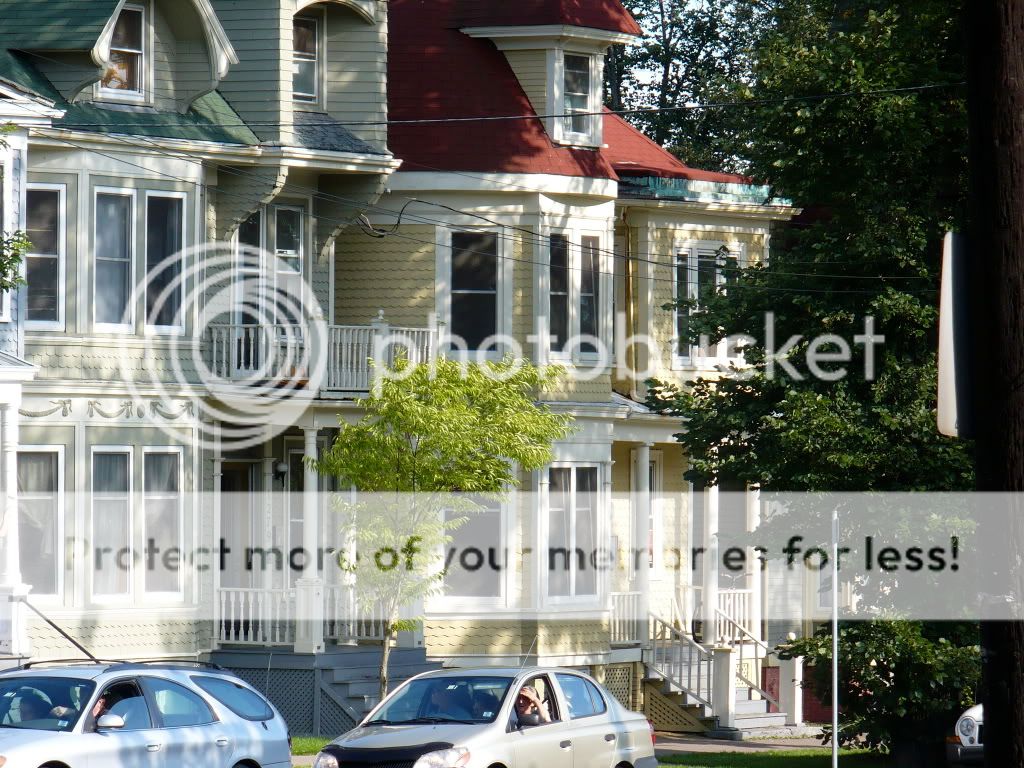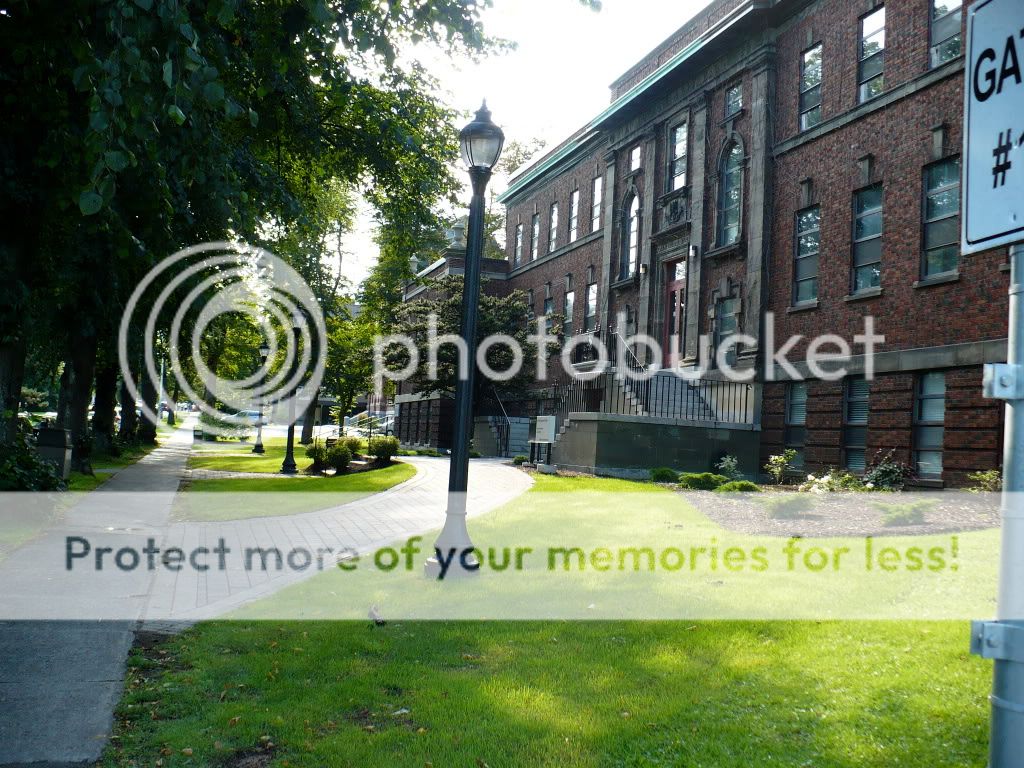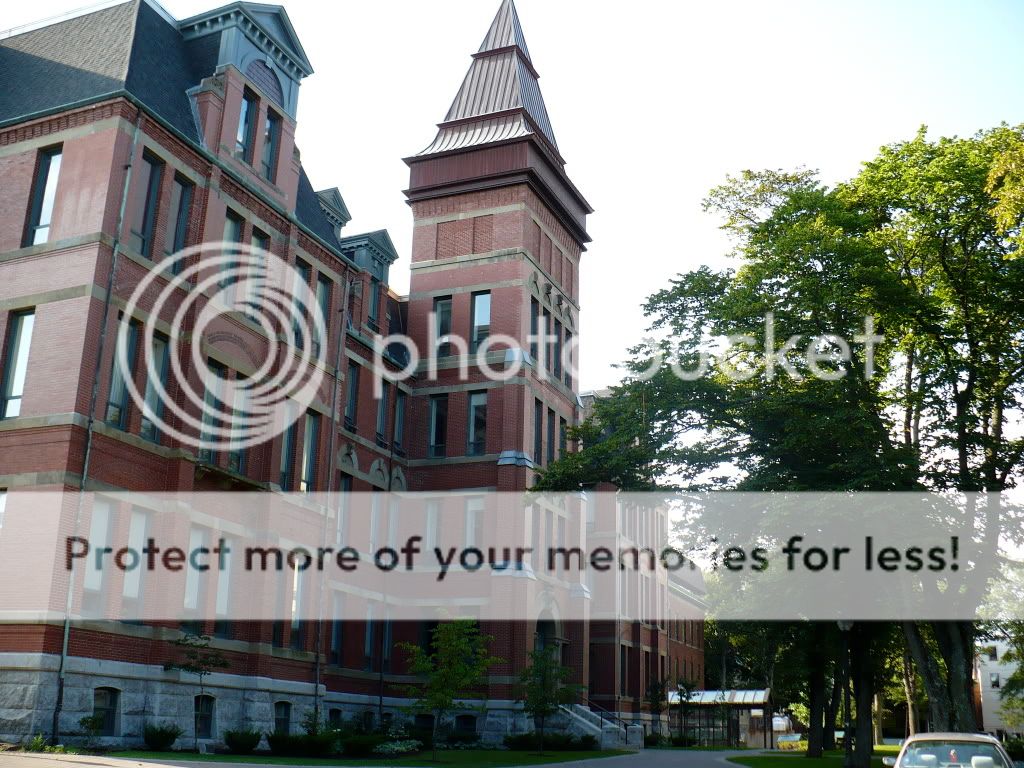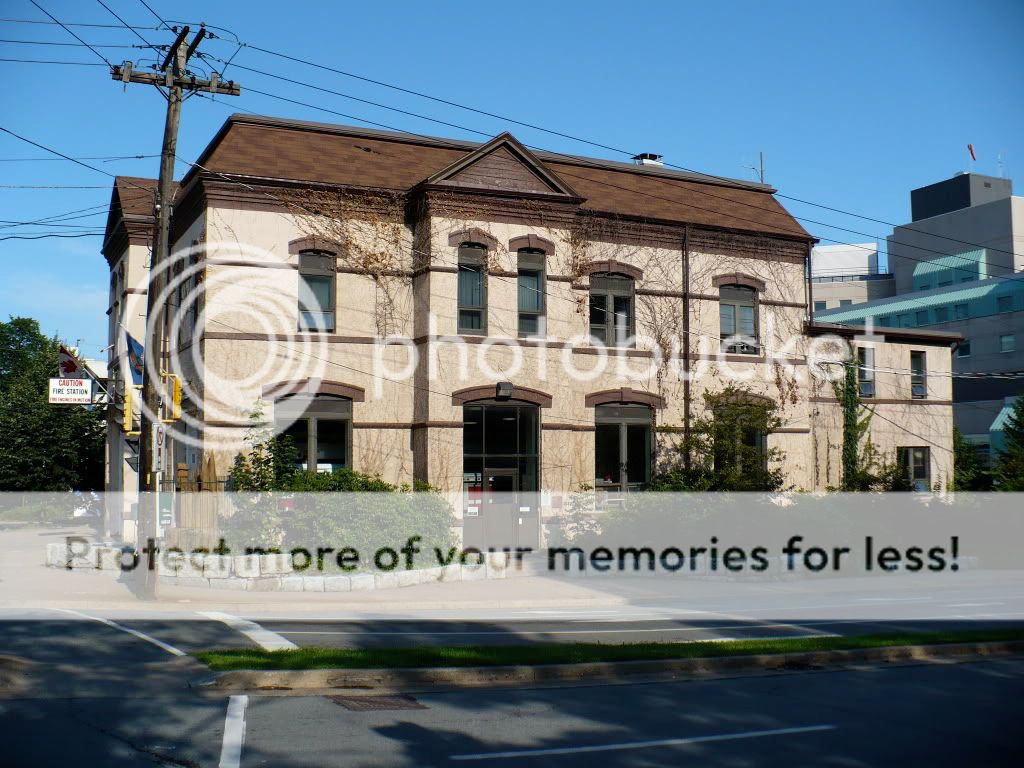I went 'Down East' a few summers ago, but hadn't posted them here. I've updated some of the data to reflect 2013 and will add photos every few days:

QUICK FACTS
Halifax is the largest city on Canada's east coast and the capital of Nova Scotia.
Halifax: population 413,710 (12th largest in Canada)
Nova Scotia: population 921,727 (7th largest in Canada)
Canadian Prime Ministers who were from Nova Scotia: 3
Air distance between Halifax and Paris: 4881 km
Air distance between Halifax and Vancouver: 6168 km
Nova Scotia is latin for New Scotland.
The first documented Scottish settlement in America was here in 1621.
The flag reflects Nova Scotia's Scottish heritage. It is the inverse of the Scottish flag.
 http://upload.wikimedia.org/wikipedi...ova-Scotia.jpg
http://upload.wikimedia.org/wikipedi...ova-Scotia.jpg
Along with Virginia, Nova Scotia was one of England's most important colonies in America, but it was first settled by the French in 1604. At various times, Nova Scotia was considered part of New England, a French colony, an English colony, and finally a founding member of the Canadian nation.
I hope to offer a glimpse into this often over looked region of the world. Due to history and war, Nova Scotia has always been the most heavily militarized region of Canada and remains so today. It's a province of universities and colleges, blueberries, and giant pumpkins. It's a rugged land with lush inland valleys, isolated French communities, and one of the oldest African Canadian communities in the land. It's a culture tied to the sea in every way imaginable and where Canadian democracy began 250 years ago.
Unfortunately, I only made one day trip outside the capital, Halifax, but I hope you enjoy. (I've never taken photos before so be kind.)
****************************************************************
I've just crossed the Bay of Fundy, home of the highest tides in the world. From my airplane window I spot the eastern end of the Annapolis Valley, Cape Split, and the massive mudflats near the Town of Wolfville, home of Acadia University. At the other end of the Annapolis Valley sits historic Annapolis Royal. It was known as Port-Royal by the French until being renamed in 1710 by Britain. This is the second oldest continuously settled area (by Europeans) in North America after St. Augustine, Florida.

Stanfield International Airport in Halifax. It was named in honour of Robert Stanfield, former Premier of Nova Scotia. Stanfield has won many international awards of excellence. Here's testament to that.

Stanfield handled 3,605,701 passengers in 2012. Notable airlines servicing Stanfield are Air Canada, American, Continental, Delta, Icelandair, Northwest, Porter, United, and Westjet. It's not a big airport, but it's very well designed. Some more accolades.

I'm assuming this is a replica of one of Alexander Graham Bell's many inventions. Bell invented many things besides the telephone like this contraption hanging from the ceiling. Bell was a proud Nova Scotian. His museum is in Baddeck, Nova Scotia. It is also where he and his wife are buried.

Not pretty, but a sign that Halifax is prospering again. New parking facilities are being built next to the airport.

Aaaaahhhhhhh!!! The freshest air you're ever going to breathe. A very subtle hint of salt foreshadows the Atlantic Ocean 20 kilometres ahead.

I jumped out the back to take a photo of the cars behind me. OK, that is a lie.

The Nova Scotia forest finally gives way to the city. This is where I turned off. I'm staying in Clayton Park, a heavily wooded suburb that broke ground in the 1970's. I forgot how ruggedly beautiful it was here. Beautiful homes amongst the forest, deer, and breathtaking views of the city and Bedford Basin below. Only a photo of my off ramp, I'm afraid.

Halifax is a peninsula. There are suburbs off the peninsula, the City of Darmouth across the harbour, and Bedford at the end of the Bedford Basin. This basin is the second largest ice free natural harbour in the world after Sydney, Australia. My first excursion to the city core starts at South Park Street in downtown Halifax. These houses are typical Halifax peninsula homes.

I decide to head down University Avenue towards my old alma mater, Dalhousie University. Nova Scotia is home to a whopping 11 universities. Halifax alone, boasts 6 universities. Dalhousie is the second largest university in Atlantic Canada after Memorial University in St. John's. This shot is actually looking back at where I just walked from. There's a very large old church next to this building, so they made an effort to compliment the architecture of the church.

This is one of the first Dalhousie University buildings I come across. I'm not sure what it is. As you can see, University Avenue is quite a handsome street. It features a wide centre meridian that is lined with beautiful old trees and a well manicured lawn.

Just passed this building is the Faculty of Medicine. Dalhousie is known for its graduate programs. The school has the oldest student population in Canada due to the number of people who flock here to do their Master's or Doctorate's. Dalhousie Law School is probably the most prestigious of them all.

This is the Sir Charles Tupper Medical Building. It houses the main reference library for the Faculty of Medicine. Classes take place here as well. Tupper (July 2, 1821 – October 30, 1915) was a Canadian father of Confederation: as the Premier of Nova Scotia from 1864 to 1867, he led Nova Scotia into Confederation. He later went on to serve as the sixth Prime Minister of Canada in 1896, becoming the Canadian prime minister with the shortest term of office (69 days).

Opposite this courtyard is this building. I believe it is also part of the Faculty of Medicine. Not sure actually.

The next building down is Dalhousie Dentistry. In 1912 the Maritime Dental College joined Dalhousie and became the first Faculty of Dentistry at a Canadian university.

Here's a shot looking back down University Avenue. Here you can get a better look at the centre meridian that runs the length of the street.

Across from this is Fire Station #2.

I cross Robie Street and continue down University Avenue. Looking back, here's another shot of that station.

The Public Archives of Nova Scotia.

We enter the heart of Dalhousie University's campus. Dalhousie University is considered one of the "Canadian Ivies". The others are McGill University, the University of Western Ontario, Queen's University, and the University of Toronto. In recent years, the University of British Columbia has also been labeled so. Dalhousie University is also a G13 school. The G13 represent the leading research intensive schools in the country.
http://en.wikipedia.org/wiki/Canadian_Ivies
http://en.wikipedia.org/wiki/Group_o...n_universities)
 MANY MORE PHOTOS TO COME! STAY TUNED.
MANY MORE PHOTOS TO COME! STAY TUNED.



